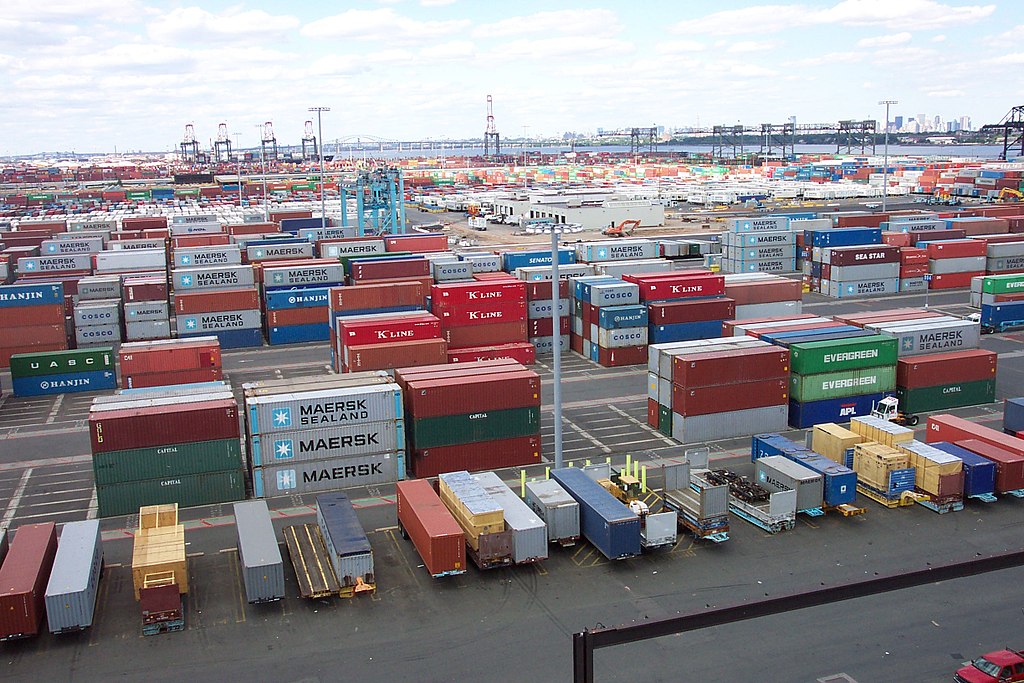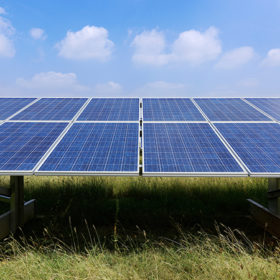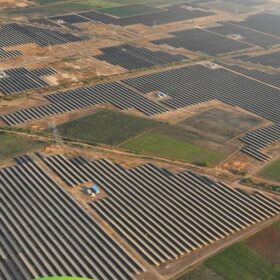On May 12, 2025, China and the United States released a joint statement in Geneva, Switzerland, announcing a series of important consensuses reached on bilateral economic and trade relations.
Tariff adjustments and impacts
US Tariff Policy:
- The US will amend Executive Order No. 14257 to suspend the additional 24% tariffs on Chinese goods (including those from the Hong Kong and Macao regions), effective for an initial period of 90 days, while retaining a 10% base tariff.
- The US will also cancel the additional tariffs imposed under Executive Orders No. 14259 and No. 14266.
- This move significantly reduces the tariff burden on Chinese goods, helping to lower costs for related industries in the US and alleviate inflationary pressures on certain products.
Chinese Tariff Policy:
- China will correspondingly amend Announcement No. 4 of the Tariff Commission in 2025, suspending the 24% tariff for 90 days and retaining the 10% tariff.
- China will also cancel the additional tariffs under Announcement No. 5 and No. 6 and suspend or cancel non-tariff countermeasures that began on April 2.
- This reflects China’s approach of safeguarding its own interests while actively promoting a rational and stable return to bilateral economic and trade relations.
Establishment and significance of consultation mechanism
Both sides agreed to establish a “dual-track” consultation mechanism, addressing core issues such as tariffs and market access through quarterly working group meetings and annual ministerial-level dialogues. This mechanism is seen as a key platform for rebuilding trust between China and the US, aiming to manage differences through regular dialogue and prevent a further escalation of the trade war.
The release of the joint statement from the China-US Geneva economic and trade talks marks the first systematic easing of the trade war since 2018, demonstrating to the international community the positive attitude of both sides in resolving trade disputes through dialogue and consultation. However, the statement did not cover key areas such as semiconductors and pharmaceuticals, and the US did not mention lifting its technological blockade against China, highlighting that the core contradictions between the two sides have not been fundamentally resolved.
The retained 10% tariff is a global safeguard tariff under Section 201, forming a “nested” structure with the China-specific anti-dumping/countervailing duties and Section 301 tariffs. Although the suspension of the 24% tariff under Section 301 sends a signal of easing, the retention of the full 10% under Section 201 and the average 83% anti-dumping/countervailing duties means that Chinese solar PV exports to the US still face a combined tax rate of nearly 200%. The US market remains effectively closed. The industry focus has shifted to emerging markets in the Middle East, Africa, and other regions, with technological upgrades (such as BC cells) and capacity relocation (to Southeast Asia) becoming core strategies for coping.
The views and opinions expressed in this article are the author’s own, and do not necessarily reflect those held by pv magazine.
This content is protected by copyright and may not be reused. If you want to cooperate with us and would like to reuse some of our content, please contact: editors@pv-magazine.com.








By submitting this form you agree to pv magazine using your data for the purposes of publishing your comment.
Your personal data will only be disclosed or otherwise transmitted to third parties for the purposes of spam filtering or if this is necessary for technical maintenance of the website. Any other transfer to third parties will not take place unless this is justified on the basis of applicable data protection regulations or if pv magazine is legally obliged to do so.
You may revoke this consent at any time with effect for the future, in which case your personal data will be deleted immediately. Otherwise, your data will be deleted if pv magazine has processed your request or the purpose of data storage is fulfilled.
Further information on data privacy can be found in our Data Protection Policy.